Tips for choosing RAM for Sandy Bridge chips: Don't swing your hands over your forehead
Join us to choose the most difficult components for a PC.
>>> Tipsto speed up your computer
Choose RAM for your computer: is it more expensive to increase performance?
There are 2 most difficult to select components in a desktop computer. That is the power supply and the RAM kit. If the reviewers evaluate the processor chip and graphics card that appear rife on reliable technology websites, or choosing a motherboard is quite simple when only interested in connectivity ports and overclocking capabilities, then consumers seem quite vague for the remaining 2 important components. In addition to the main reason because of the user's inadequate attention (only particularly interested in VGA and CPU), partly due to information and reviews about the power supplies and RAM kit appear quite rare, and their content . read nothing.
This leads to a rather messy situation: users are always on the brink of trying to find the cheapest RAM possible, while gamers are more likely to have expensive products that have 'terrible' specs. I don't know what they mean. In the framework of this article, we will cover the choice of internal RAM for desktop computers - components that appear as rain on the market today from all manufacturers to specifications and prices. both. Is there a difference between a 'battle' kit and the ' affordable ' product that is half the price? And is that difference worth the cost difference?
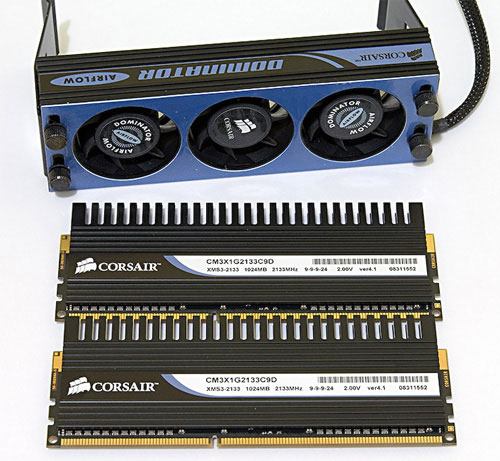 Tips for choosing RAM for Sandy Bridge chips: Don't swing your hands over your forehead Picture 1
Tips for choosing RAM for Sandy Bridge chips: Don't swing your hands over your forehead Picture 1
Huge RAM kit with both heat sink attached.
The parameters of RAM
In this section we only mention two parameters that are most meaningful to consumers: clock and CAS Latency .
Clock (MHz): In addition to capacity, this is probably the parameter that users are most interested in when choosing RAM. The clock determines the signal bandwidth between CPU and RAM is high or low. In theory, the bigger the bandwidth, the better (and the more expensive), but if the CPU doesn't use that bandwidth, it's just a waste of useless money. It's like using a 10-ton truck only to carry 1 ton of cargo.
CAS Latency: ' 1333MHz cas 7', '1600MHz cas 9 ' . You must have encountered such parameters but you don't understand what it is ?! This is a very confusing concept so the writer can summarize it in a simple way. Latency is defined 'the time period from when the command is issued to the response received'. CAS delay is the number of clock cycles the system must wait for RAM to obtain data.
In theory, low latency and high (bandwidth) speeds will make programs much dependent on memory such as heavy games or graphics applications that run faster. In particular, the clock (bandwidth) plays a more important role. In terms of visualization, it's like a truck that runs slower than a motorcycle but carries more cargo.
In short, the clock (the higher the better) and the lower (the lower the better) are the two most decisive factors for the performance and cost of a RAM kit. But the extent to which these parameters affect the gaming system, the advisory high-level professionals are . unable to answer.
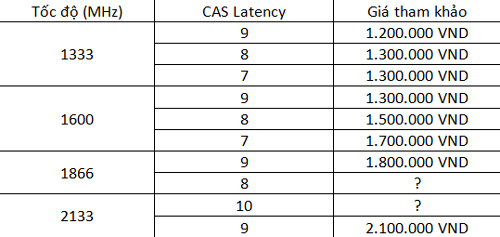 Tips for choosing RAM for Sandy Bridge chips: Don't swing your hands over your forehead Picture 2
Tips for choosing RAM for Sandy Bridge chips: Don't swing your hands over your forehead Picture 2
Reference price 1 kit 4 GB RAM.
Sandy Bridge RAM controller: better RAM exploitation
As we all know, parts such as RAM controllers, integrated graphics cores . are now on the same semiconductor with L3 cache cache and processor cores, connected through the device. The ring bus structure along with the link bandwidth between them is significantly increased. Thus, in addition to integrated graphics performance, data read and write speeds on RAM are higher than Clarkdale and Lynnfield (Core i3, i5 and i7 socket 1156 generations).
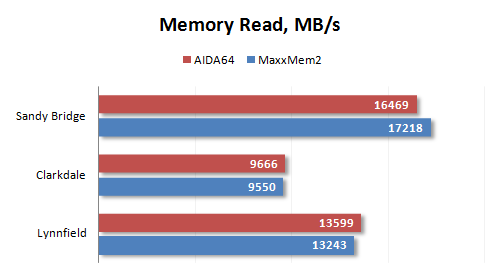 Tips for choosing RAM for Sandy Bridge chips: Don't swing your hands over your forehead Picture 3
Tips for choosing RAM for Sandy Bridge chips: Don't swing your hands over your forehead Picture 3
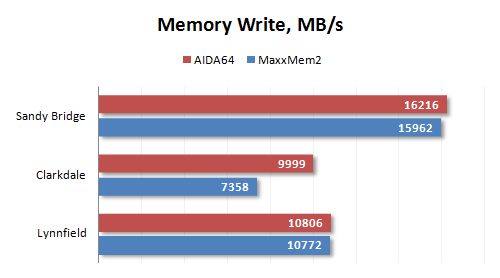 Tips for choosing RAM for Sandy Bridge chips: Don't swing your hands over your forehead Picture 4
Tips for choosing RAM for Sandy Bridge chips: Don't swing your hands over your forehead Picture 4
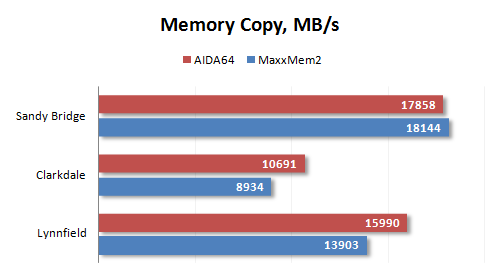 Tips for choosing RAM for Sandy Bridge chips: Don't swing your hands over your forehead Picture 5
Tips for choosing RAM for Sandy Bridge chips: Don't swing your hands over your forehead Picture 5
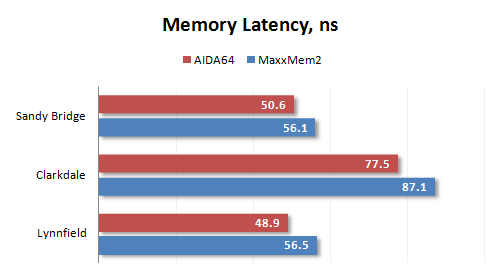 Tips for choosing RAM for Sandy Bridge chips: Don't swing your hands over your forehead Picture 6
Tips for choosing RAM for Sandy Bridge chips: Don't swing your hands over your forehead Picture 6
It also means that high bandwidth and low latency will significantly affect the performance of Sandy Bridge platform system compared to the old Core-i generation.
 Tips for choosing RAM for Sandy Bridge chips: Don't swing your hands over your forehead Picture 7
Tips for choosing RAM for Sandy Bridge chips: Don't swing your hands over your forehead Picture 7
Table supports RAM clock
The table above provides information on RAM clock speeds that older Sandy Bridge and Core-i processors support. As you can see, the old socket 1156 processor like the i7 870 only supports up to 1600 MHz, i3 and i5 even supports only 1333 MHz. This means if you hastily carry a kit of RAM with 1600 MHz To plug into your i5 760 system, you will be forced to overclock the processor to run the correct RAM bandwidth. Very cumbersome!
Test configuration & setup
The system uses Core i5-2500K processor. Tests will be carried out at default pulses of 3.3 GHz and 4.7 GHz with 10 kit RAM from affordable to super-powerful.
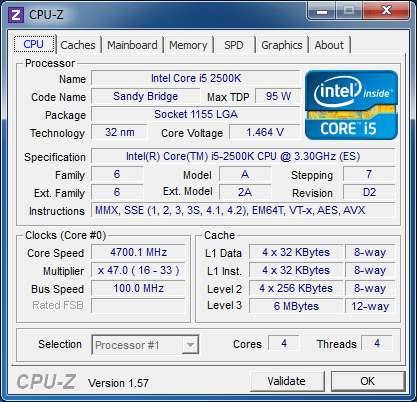 Tips for choosing RAM for Sandy Bridge chips: Don't swing your hands over your forehead Picture 8
Tips for choosing RAM for Sandy Bridge chips: Don't swing your hands over your forehead Picture 8
CPU: Intel Core i5-2500K (Sandy Bridge, 4 cores, 3.3 GHz, 6 MB L3);
Mainboard: ASUS P8P67 Deluxe (LGA1155, Intel P67 Express);
Graphics card: ATI Radeon HD 6970.
Hard drive: Kingston SNVP325-S2 / 128GB.
Power supply unit: Tagan TG880-U33II (880 W).
Operating system: Microsoft Windows 7 SP1 Ultimate x64.
Memory:
DDR3-1066 CL7 (7-7-7-21-1T);
DDR3-1333 CL9 (9-9-9-27-1T);
DDR3-1333 CL7 (7-7-7-21-1T);
DDR3-1600 CL9 (9-9-9-27-1T);
DDR3-1600 CL8 (8-8-8-24-1T);
DDR3-1600 CL7 (7-7-7-21-1T);
DDR3-1866 CL9 (9-9-9-27-1T);
DDR3-1866 CL8 (8-8-8-24-1T);
DDR3-2133 CL10 (10-10-10-30-1T);
DDR3-2133 CL9 (9-9-9-27-1T).
Some applications
The first is WinRar - an indispensable extracting application in any computer. We proceed to extract files with 1.1 GB capacity and measure the time:
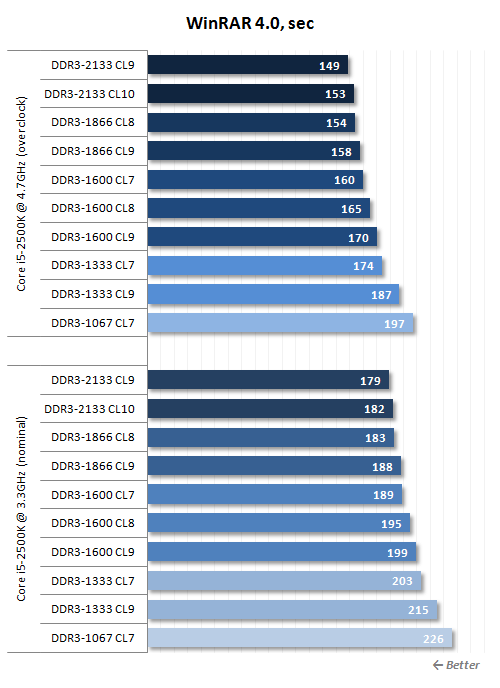 Tips for choosing RAM for Sandy Bridge chips: Don't swing your hands over your forehead Picture 9
Tips for choosing RAM for Sandy Bridge chips: Don't swing your hands over your forehead Picture 9
WinRar is clearly a testament to the impact of clock and latency on system-wide performance. It seems that kit RAM 1600 has the highest investment value when it outperforms the 1067 and 1333 kit, but is not inferior to the 2133 kit 'terrible' price.
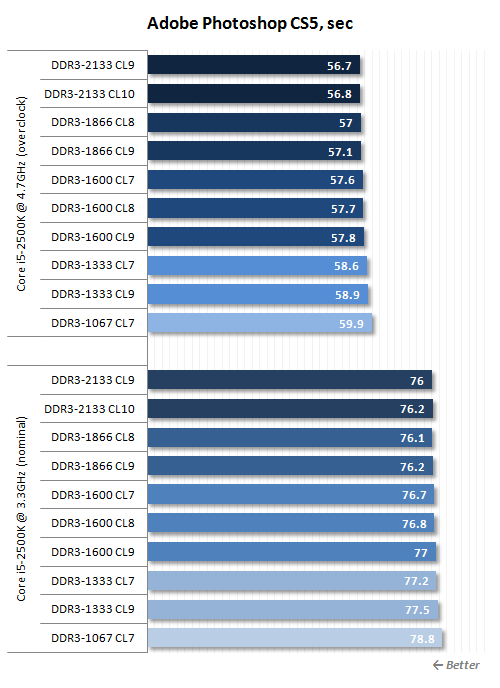 Tips for choosing RAM for Sandy Bridge chips: Don't swing your hands over your forehead Picture 10
Tips for choosing RAM for Sandy Bridge chips: Don't swing your hands over your forehead Picture 10
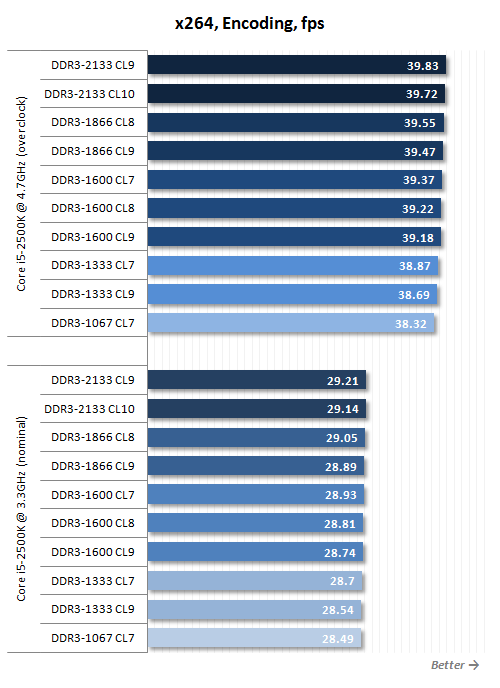 Tips for choosing RAM for Sandy Bridge chips: Don't swing your hands over your forehead Picture 11
Tips for choosing RAM for Sandy Bridge chips: Don't swing your hands over your forehead Picture 11
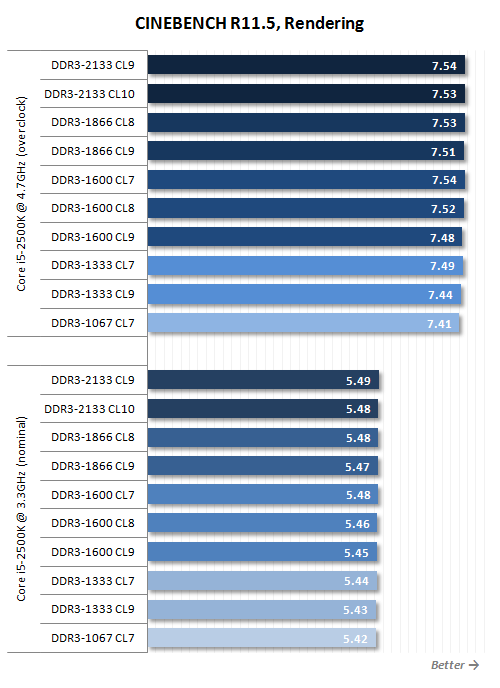 Tips for choosing RAM for Sandy Bridge chips: Don't swing your hands over your forehead Picture 12
Tips for choosing RAM for Sandy Bridge chips: Don't swing your hands over your forehead Picture 12
Other popular applications such as Photoshop, video encode and render videos hardly take advantage of the high bandwidth and low latency advantages, just like the '10-ton payload vehicle carrying 1 ton of goods' we mentioned. out. Conversely, clock speeds increase dramatically.
Game performance
Game performance is not only a matter of most user interest today, but also a group of applications that closely monitor hardware. To clarify the issue we are concerned about is the effect of RAM on system performance, we choose tests that require heavy CPU activity, and do not set the highest graphics setting to avoid VGA situations. Depletion affects results.
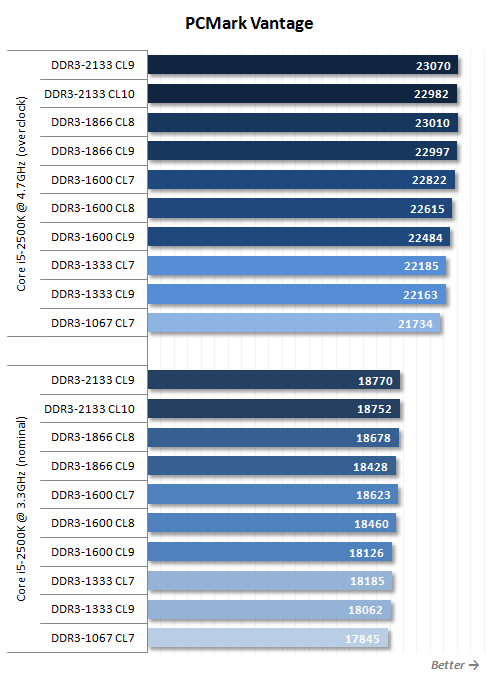 Tips for choosing RAM for Sandy Bridge chips: Don't swing your hands over your forehead Picture 13
Tips for choosing RAM for Sandy Bridge chips: Don't swing your hands over your forehead Picture 13
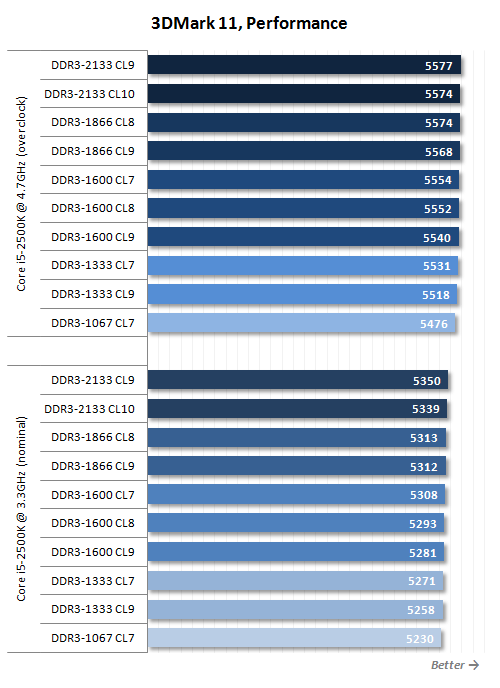 Tips for choosing RAM for Sandy Bridge chips: Don't swing your hands over your forehead Picture 14
Tips for choosing RAM for Sandy Bridge chips: Don't swing your hands over your forehead Picture 14
5% is the biggest difference we get from 2133 RAM kit compared to 1067 juniors (only half the price) in 2 performance tests for CPU calculation and graphics processing performance.
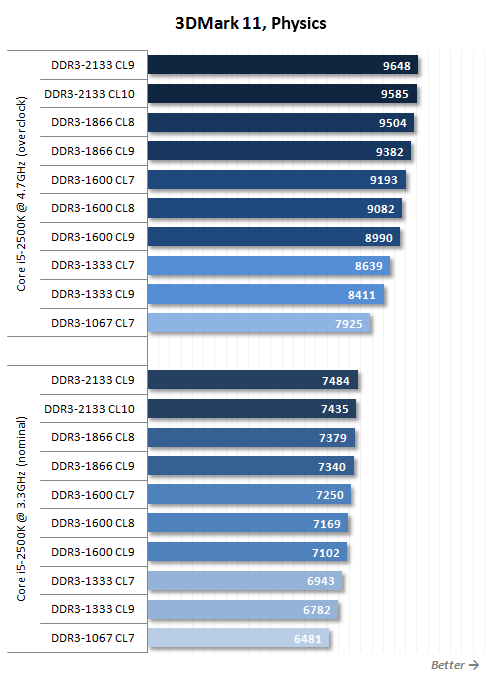 Tips for choosing RAM for Sandy Bridge chips: Don't swing your hands over your forehead Picture 15
Tips for choosing RAM for Sandy Bridge chips: Don't swing your hands over your forehead Picture 15
In contrast, physical tasks (requiring multiple parallel processing) seem to be thirsty for more RAM. However, the 4 RAM modules of 1866 and 2133 also show clear advantages compared to the mid-range 1600 kit when overclocking the processor to a very high 4.7 GHz.
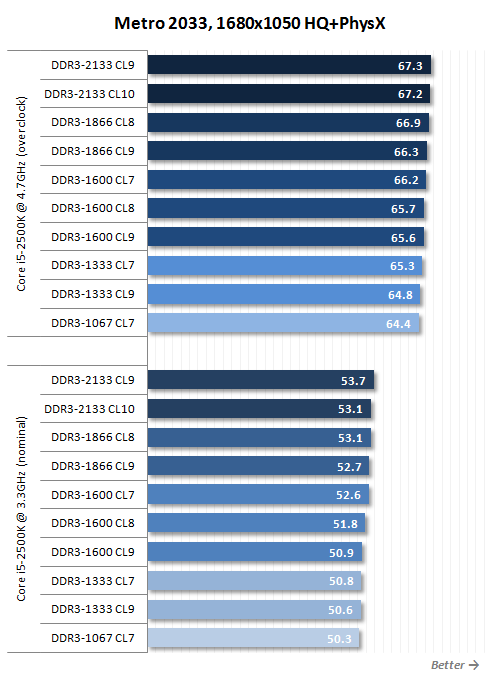 Tips for choosing RAM for Sandy Bridge chips: Don't swing your hands over your forehead Picture 16
Tips for choosing RAM for Sandy Bridge chips: Don't swing your hands over your forehead Picture 16
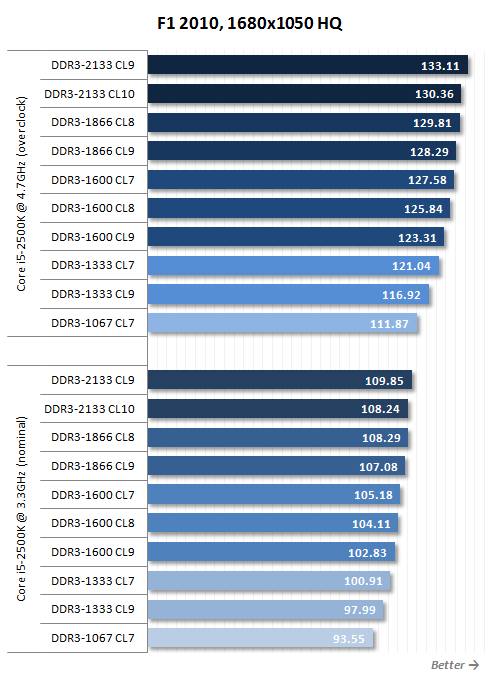 Tips for choosing RAM for Sandy Bridge chips: Don't swing your hands over your forehead Picture 17
Tips for choosing RAM for Sandy Bridge chips: Don't swing your hands over your forehead Picture 17
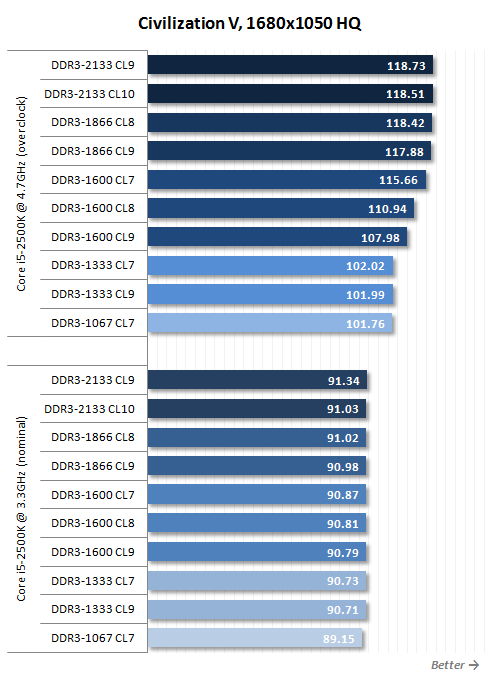 Tips for choosing RAM for Sandy Bridge chips: Don't swing your hands over your forehead Picture 18
Tips for choosing RAM for Sandy Bridge chips: Don't swing your hands over your forehead Picture 18
Obviously the speed of RAM is something gamers need to keep an eye on when building a gaming system. Of course, the result depends on each case, but in general, a low RAM kit will pull back the system performance by a considerable amount, while too "terrible" does not increase performance.
Conclude
Summarizing the tests, it seems that a kit RAM 1600 cas 9 is a reasonable choice to balance performance and cost, especially for non-K (non-overclocking) processors. Up to the very high overclocked 2500K or 2600K processors, the higher-end RAM kit will take effect, but at the moment there is a cost problem. On the other side, a 1333 RAM kit proved completely unsuitable for your Sandy Bridge system.
In general, the article only provides test results for reference readers. Depending on your processor, user intentions and wallet, consider choosing the most suitable RAM for your system, avoiding performance bottlenecks, but don't waste too much money. for 1-2 FPS.
You should read it
- Choice of Sandy and Ivy Bridge laptops
- Laptop in Sandy Bridge time
- List of the best graphics cards according to the price segment
- Actual photo of the 'giants' Alienware M18x
- 4 things to note before choosing to buy a PSU power supply for a PC
- HP introduced the 2011 EliteBook trio
- Instructions for overclocking graphics cards for better gaming performance
- Trend of laptop hardware this year
- Acer upgraded TimeLineX, priced from 599 USD
- Asus K55 'leaks' videos, official photos
- Lenovo ThinkPad T430 uses Ivy Bridge chips
- How to turn the memory card into internal memory on Android 6.0






 Choice of Sandy and Ivy Bridge laptops
Choice of Sandy and Ivy Bridge laptops The new Sony Vaio C will use Ivy Bridge chips
The new Sony Vaio C will use Ivy Bridge chips The new Macbook Air will be available in June
The new Macbook Air will be available in June 6 most awaited Ivy Bridge laptops in 2012
6 most awaited Ivy Bridge laptops in 2012 MSI unveiled a laptop running Sandy Bridge
MSI unveiled a laptop running Sandy Bridge Configuration for new HP Pavilion laptops
Configuration for new HP Pavilion laptops